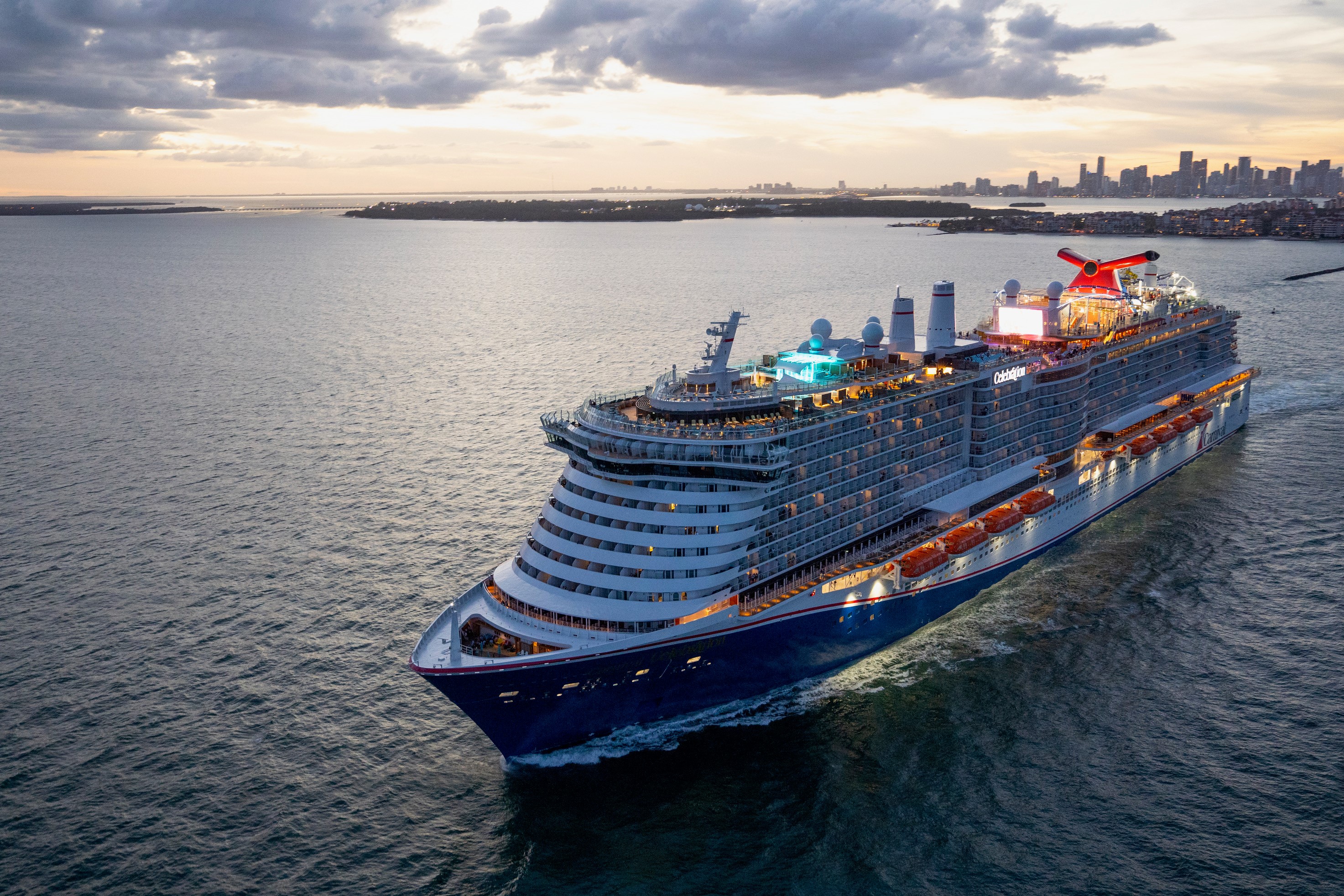
Carnival Corporation & plc (NYSE:CCL) is a leading player in the cruise industry, known for its extensive fleet and global reach. As the world's largest cruise operator, Carnival offers a variety of cruise experiences across different brands. The company competes with other major cruise lines like Royal Caribbean and Norwegian Cruise Line.
On September 29, 2025, Carnival reported earnings per share of $1.43, surpassing the estimated $1.32. The company also reported actual revenue of approximately $8.15 billion, exceeding the estimated $8.11 billion. This strong financial performance highlights Carnival's ability to capitalize on the robust demand for cruises, despite concerns about a potential slowdown in travel.
Carnival's stock has seen a significant recovery from its April lows, driven by strong demand for cruise vacations. The stock saw a slight increase of 0.57%, reflecting positive investor sentiment. This upward trend in Carnival's stock reflects the resilience of the cruise industry and the continued interest from travelers, as highlighted by the company's occupancy levels of 104%.
Despite ongoing concerns about its debt, Carnival's recovery narrative is compelling. The company is expected to benefit from lower interest rates, aiding in refinancing and reducing its pandemic-era debt. Carnival's debt-to-equity ratio is notably high at approximately 2.86, indicating a significant reliance on debt financing, but the company is focused on financial improvements.
Carnival's financial metrics provide insight into its market valuation. The price-to-earnings (P/E) ratio is approximately 15.53, and the price-to-sales ratio stands at about 1.49. The enterprise value to sales ratio is around 2.51, and the enterprise value to operating cash flow ratio is approximately 12.01. These figures suggest how the market values Carnival's earnings, revenue, and cash flow generation.